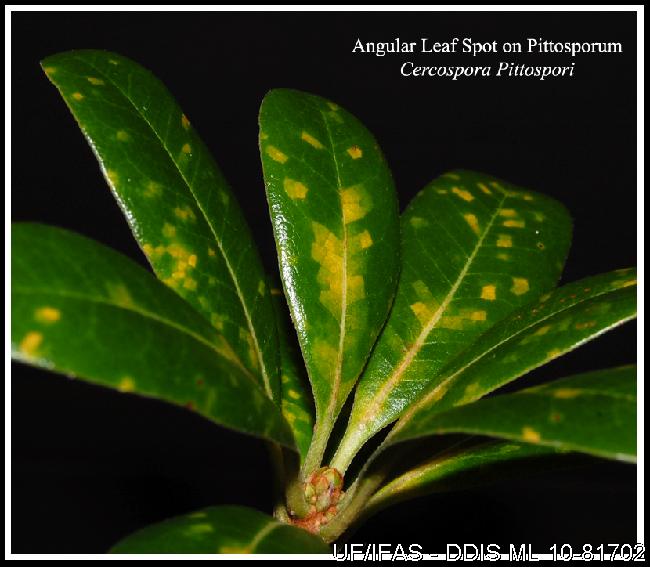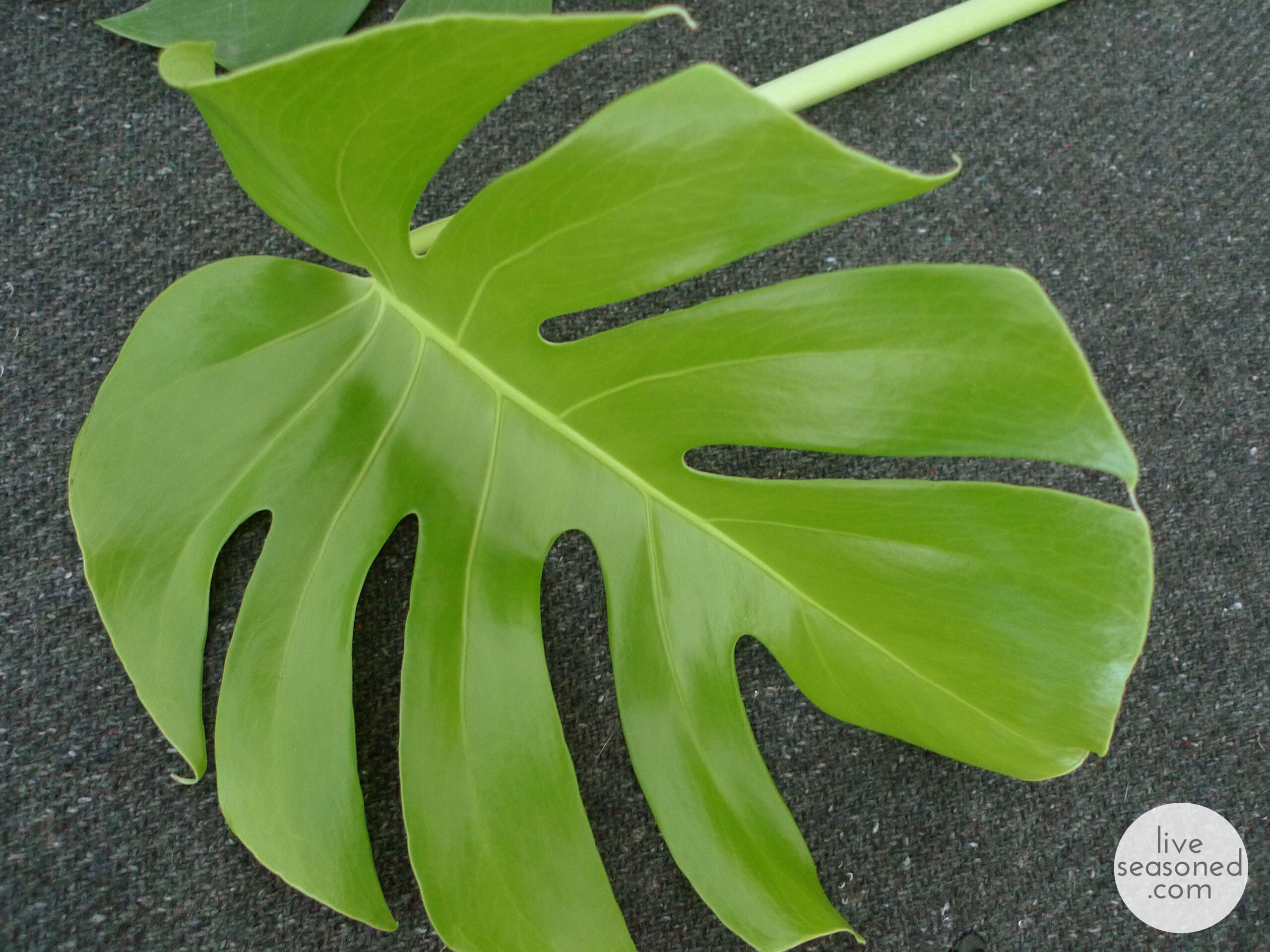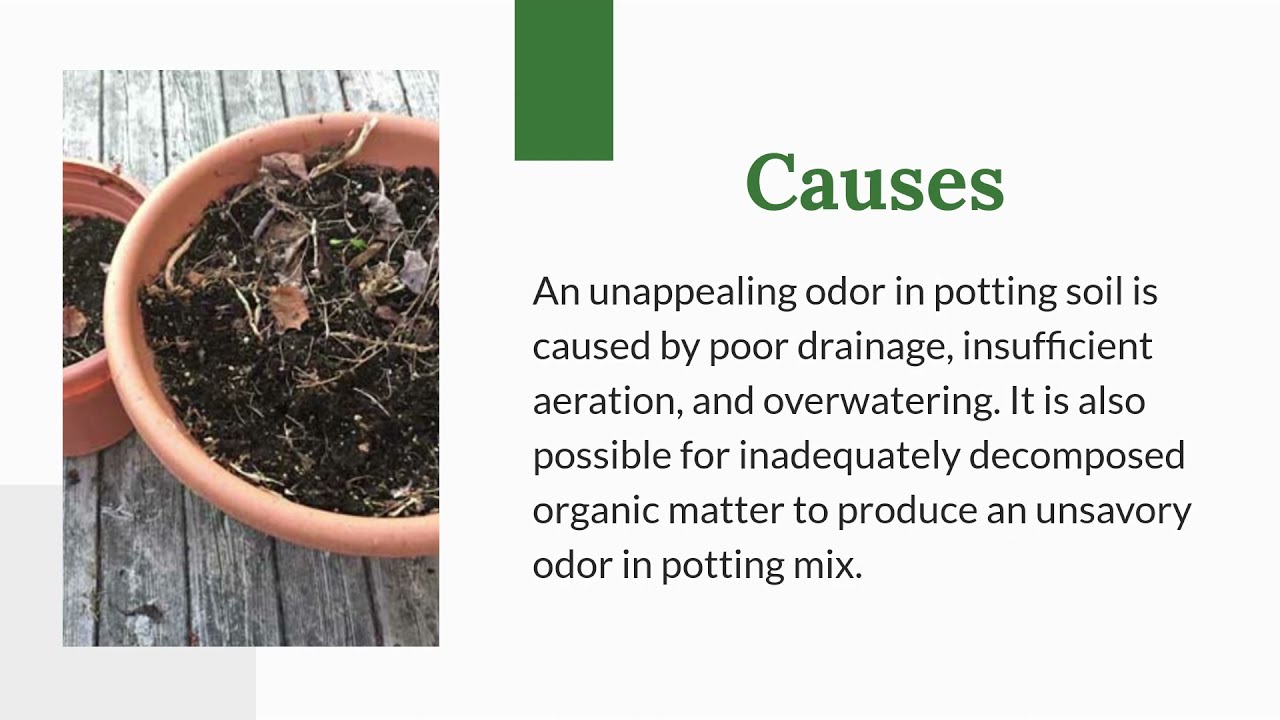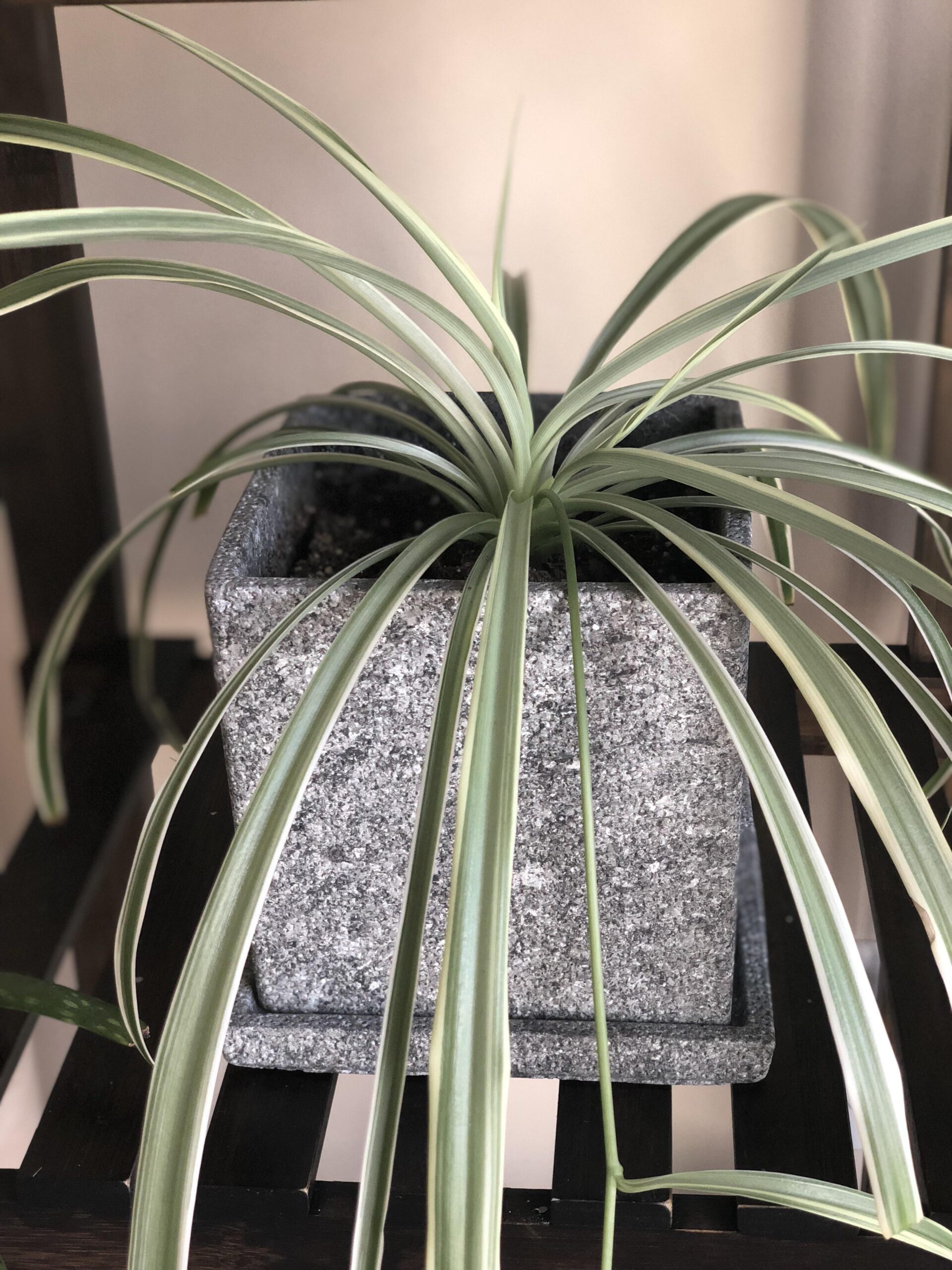What Causes Yellow Spots on Leaves?
Yellow spots on leaves can be a common issue for many gardeners and plant enthusiasts. These spots can be caused by a variety of factors, ranging from environmental stress to fungal diseases. Understanding the underlying cause of yellow spots on your plants can help you take appropriate action to prevent further damage and promote healthy growth.
Environmental Factors
One of the most common causes of yellow spots on leaves is environmental stress. This can include issues such as excessive heat, drought, overwatering, or poor soil quality. When plants are exposed to extreme conditions, they may develop yellow spots as a sign of distress. To prevent this, make sure to provide your plants with the right amount of sunlight, water, and nutrients.
Fungal Diseases
Another common cause of yellow spots on leaves is fungal diseases. Fungi such as rust, powdery mildew, and leaf spot can all lead to the development of yellow spots on plant leaves. These diseases thrive in warm, humid conditions and can spread quickly if not treated promptly. To prevent fungal diseases, make sure to keep your plants well-ventilated, avoid overhead watering, and remove any infected leaves.
Pest Infestations
In some cases, yellow spots on leaves may be the result of pest infestations. Insects such as mites, aphids, and whiteflies can all cause damage to plant leaves, leading to the development of yellow spots. To prevent pest infestations, regularly inspect your plants for signs of insect activity and treat any infestations promptly.
Nutrient Deficiencies
Yellow spots on leaves can also be a sign of nutrient deficiencies. Plants require a range of nutrients, including nitrogen, phosphorus, and potassium, to thrive. If a plant is lacking in essential nutrients, it may develop yellow spots as a result. To address this issue, consider fertilizing your plants with a balanced fertilizer to ensure they receive the nutrients they need for healthy growth.
Conclusion
Yellow spots on leaves can be a cause for concern, but by understanding the potential causes of this issue, you can take proactive steps to address it. By providing your plants with the right environmental conditions, preventing fungal diseases and pest infestations, and ensuring they receive adequate nutrients, you can help your plants thrive and maintain their health and vitality.



